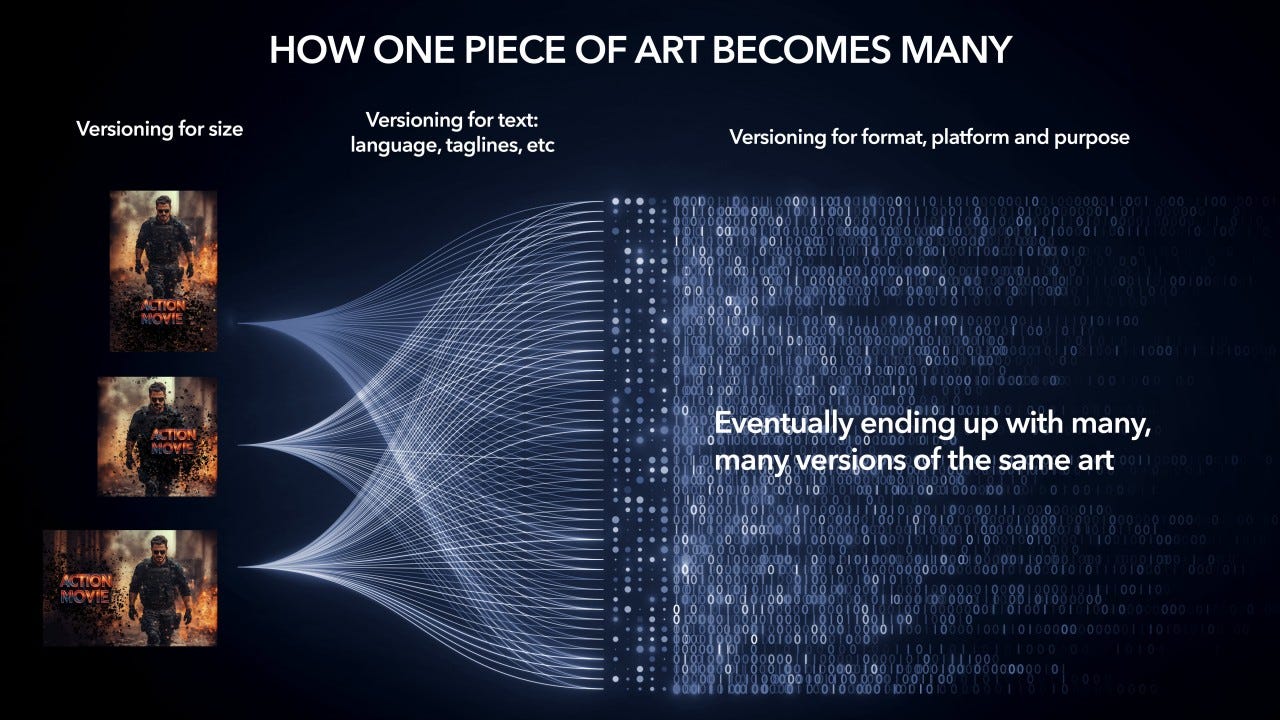Using Generative AI to Facilitate the Key Art Process
PART ONE: ESTABLISHING THE PARAMETER SPACE
One of the things I think about the most when it comes to GenAI is how to use it to improve art production processes.
In the process of running digital creative teams for the past dozen or so years, I’ve seen a strikingly upward, even exponential, trend in the number of assets we need to generate to feed social platforms, streaming platforms, and the lik…
Keep reading with a 7-day free trial
Subscribe to The Creative Lead Workshop to keep reading this post and get 7 days of free access to the full post archives.


